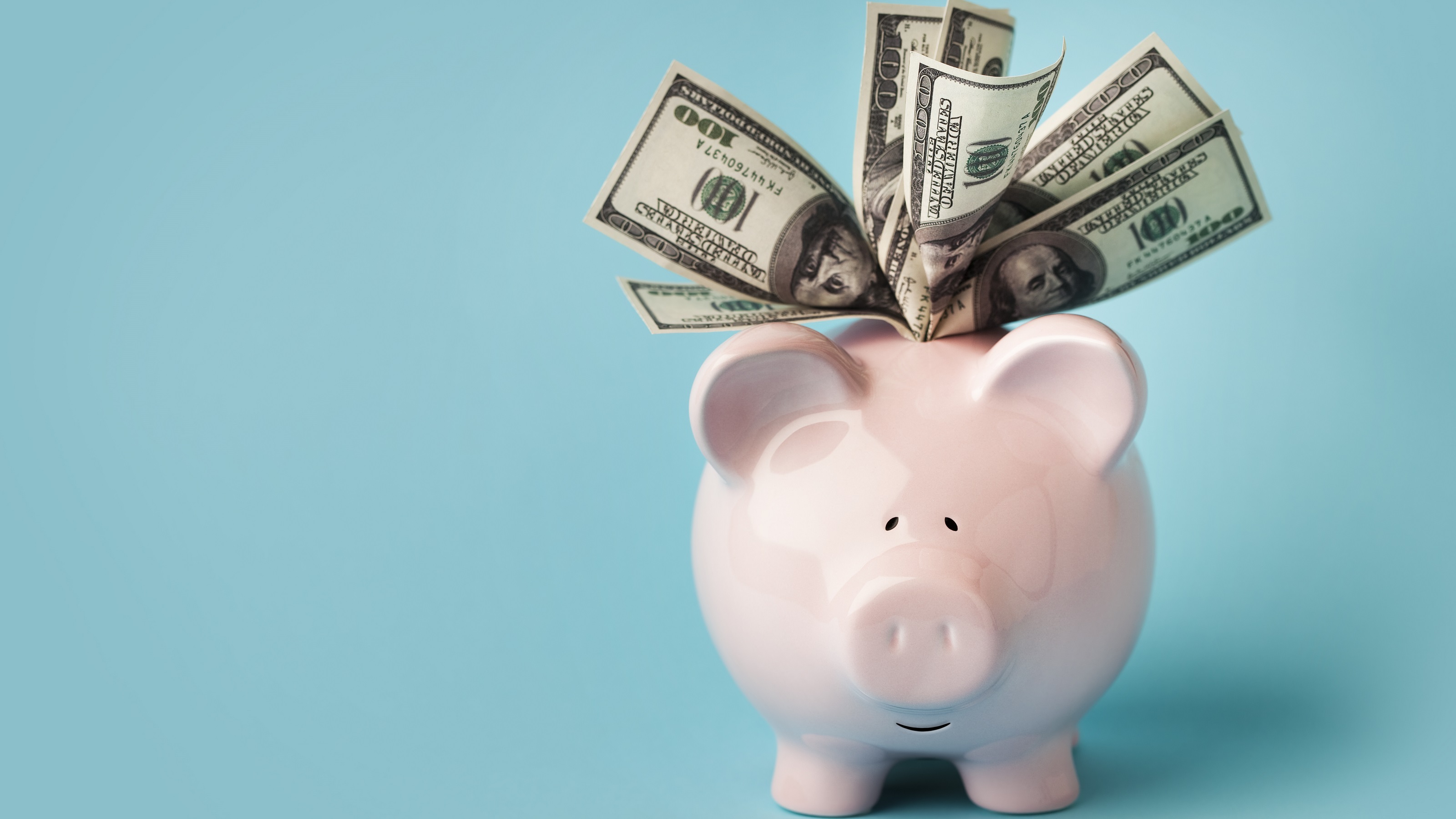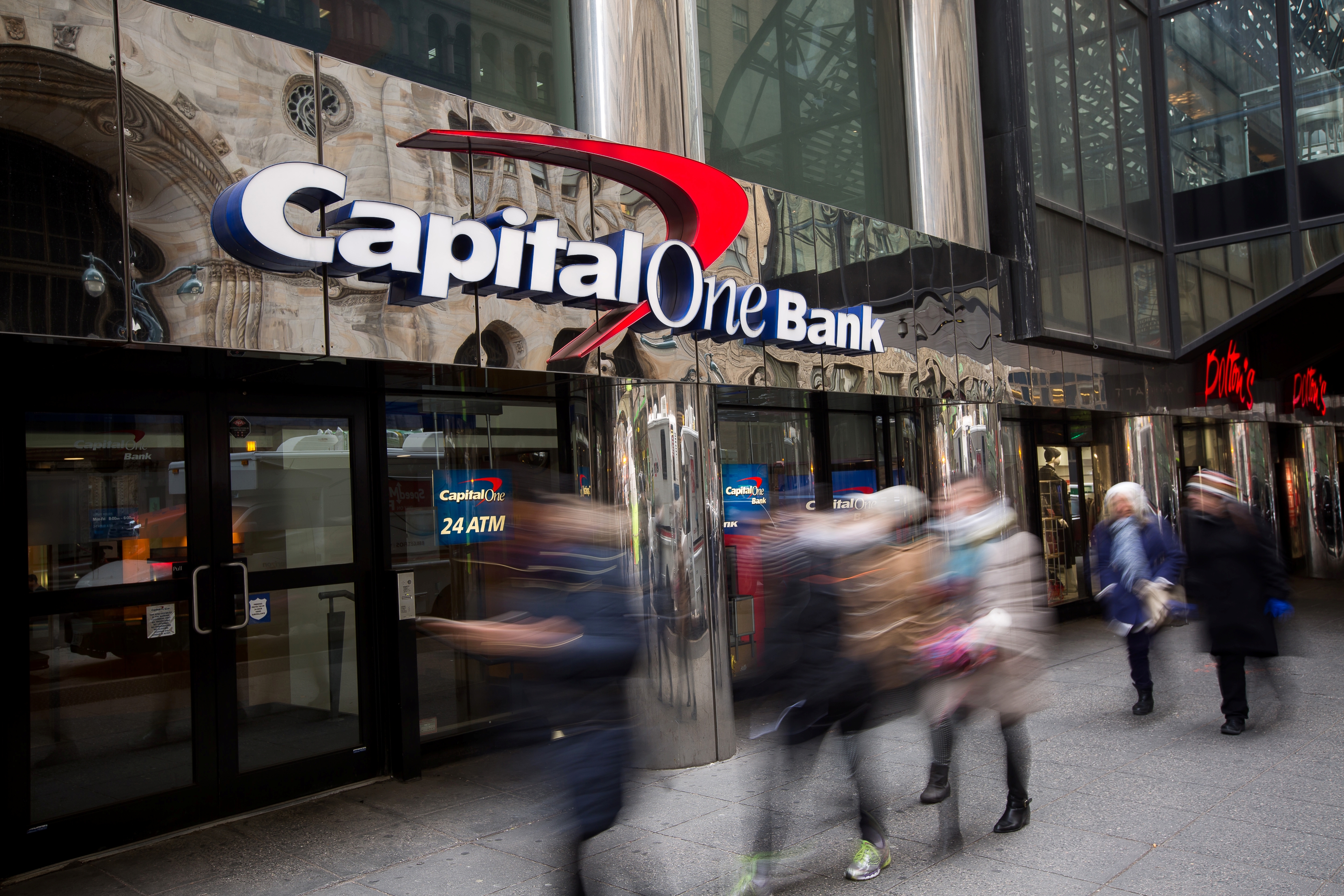Worried About Stock Market Volatility? Here’s Where to Put Your Money Instead
Worried about market volatility affecting your retirement savings? These five low-risk options — from high-yield savings to annuities — can help protect and grow your money.
It’s normal for the stock market to move up and down, but as you get into retirement, the last thing you want to do is lose money you’ve worked hard to save.
Recently, headlines about tariffs rattled the market, triggering a sharp drop in stocks. However, markets quickly rebounded after President Donald Trump announced a 90 day pause on the tariffs, easing fears of an immediate economic slowdown.
Still, for those nearing retirement, even short-term volatility can be unsettling, especially if the recovery doesn’t align with your retirement timeline.

Sign up for Kiplinger’s Free E-Newsletters
Profit and prosper with the best of expert advice on investing, taxes, retirement, personal finance and more - straight to your e-mail.
Profit and prosper with the best of expert advice - straight to your e-mail.
If you're close to retiring or feeling uneasy about how market swings could impact your investments, now might be the right time to reassess your portfolio.
There are no-risk and low-risk options that can help protect your savings while still offering potential for modest growth. If you’re worried about volatility eating into your nest egg, here’s what to consider doing with your money instead.
1. High-yield savings accounts
A high-yield savings account, or HYSA, is a savings account that earns a much higher yield than a traditional savings account. HYSAs are commonly offered by online banks rather than brick-and-mortar locations but there’s no set standard for what financial institutions offer them.
These accounts are typically insured by the Federal Deposit Insurance Corp., or FDIC, up to $250,000 per depositor, per institution. They offer easy access to your funds, and eligibility requirements vary depending on the bank or credit union.
For example, many credit unions require membership before you can open an account. Accessing your money is fairly easy since most institutions have partnerships with ATMs nationwide where you can get your money for free or make transfers to other bank accounts.
HYSAs are savings accounts, not investments, so you won’t gain as much money as a traditional investment would. But you won’t lose any money from a HYSA, either.
Keep in mind that while the APY is much higher than traditional savings accounts, it still changes whenever the financial institution deems it necessary.
2. Certificates of Deposit (CDs)
Like a HYSA, CDs are a type of savings account. With CDs, you make a lump-sum deposit into an account and lock in an interest rate for a set term, ranging from as little as three months or as long as five or 10 years.
While HYSA APYs can fluctuate, CD rates allow you to lock in a rate for set terms. For instance, if you open a 6-month CD with a 4.50% APY at one bank, but that rate drops next month for those terms, it won’t impact your account since you opened it today when that rate had set interest rates.
Each financial institution has different requirements to get the best CD rate. Some have high deposit requirements to get the best yield rate. Others offer a competitive yield with a much lower minimum deposit amount.
Your earnings depend on your deposit amount, interest rate and terms. You could face an early withdrawal penalty if you withdraw your money before your term is up.
But CDs — like HYSAs — won’t lose money like traditional investments do. However, you won’t earn as much as you would through the stock market.
3. Treasury securities
Treasury securities — including Treasury bills (T-bills), Treasury notes (T-notes) and Treasury Inflation-Protected Securities (TIPS) — are issued and backed by the U.S. government. Considered among the safest investments, they carry little risk of loss because they’re government-guaranteed.
These securities typically don’t perform as well when inflation is low, and their returns are closely tied to inflation and overall market conditions.
Unlike stocks or corporate bonds, Treasury securities come with far less risk. However, that safety comes at the cost of lower returns compared to more volatile market-based investments.
4. Annuities
Annuities are sold by insurance companies rather than banks or broker-dealers. You can purchase an annuity with a lump sum or through a series of payments, and you have the option to begin receiving payouts immediately or at a later date.
These products are often best suited for individuals nearing retirement who want to secure a stream of guaranteed income alongside Social Security and other retirement benefits, especially if there’s concern about covering monthly expenses in the years ahead.
While annuities aren’t as liquid as high-yield savings accounts or certificates of deposit, they’re generally considered safe and low-risk. One of the biggest drawbacks, however, is the potential for high fees. Annuities can also be complex, with a wide range of customizable options designed to meet specific financial needs.
Before buying an annuity, it’s important to speak with a licensed financial advisor who understands these products and can walk you through your options. Unfortunately, annuity scams are common, particularly among older adults, so it’s essential to know how to spot red flags.
Never sign anything on the spot or hand over money upfront. Always review the contract carefully — if you’re unsure, consider having a trusted attorney or knowledgeable friend look it over. Be wary of anyone who pressures you into a quick decision.
Ask to see licenses or professional credentials, and verify that the company is legitimate through your state’s department of insurance.
5. Dividend stocks
If you’re going to keep your money in the stock market, you might as well earn something along the way. Dividend-paying stocks distribute a portion of a company’s profits to shareholders, typically on a monthly, quarterly or annual basis, depending on how the company structures its payouts.
Each company sets its own dividend schedule and payout amount, so returns can vary widely. Your earnings from dividends depend on how many shares you own, but it’s important to note that dividends aren’t guaranteed.
Companies can raise, lower or suspend payments at any time.
Be cautious when evaluating dividend yields. A high yield can sometimes signal risk rather than reward, so it’s wise to research not just the yield but the company’s overall financial health and dividend history before investing.
Related Content
Get Kiplinger Today newsletter — free
Profit and prosper with the best of Kiplinger's advice on investing, taxes, retirement, personal finance and much more. Delivered daily. Enter your email in the box and click Sign Me Up.
Dori is an award-winning journalist with nearly two decades in digital media. Her work has been featured in the New York Times, Wall Street Journal, USA Today, Newsweek, TIME, Yahoo, CNET, and many more.Dori is the President of Blossomers Media, Inc.
She’s extensively covered college affordability and other personal finance issues, including financial literacy, debt, jobs and careers, investing, fintech, retirement, financial therapy, and similar topics. With a strong journalistic background, she’s also worked in content marketing, SEO, affiliate marketing, content strategy, and other areas.
Dori graduated with a Bachelor’s degree in Multimedia Journalism from Florida Atlantic University. She previously served as the president of the Florida Chapter of the Society of Professional Journalists, where her chapter won the coveted “Chapter of the Year” award for two consecutive years.
-
 I'm 60 with a $4.2 million nest egg. Can I stop saving and start spending until I retire at 65?
I'm 60 with a $4.2 million nest egg. Can I stop saving and start spending until I retire at 65?Should I continue contributing to my 401(k) or treat myself now?
-
 These Jobs Reduce Your Alzheimer's Risk: How You Can Benefit
These Jobs Reduce Your Alzheimer's Risk: How You Can BenefitTwo jobs are linked to a lower Alzheimer's risk. Even if you do a different kind of work or are retired, these jobs show how to keep your mind sharp.
-
 Kiplinger Readers' Choice Awards 2025: National Banks
Kiplinger Readers' Choice Awards 2025: National BanksReaders' Choice Awards In our 2025 Readers' Choice Awards survey, readers evaluated financial providers. Find out which national banks came out on top.
-
 Kiplinger Readers' Choice Awards 2025: Internet Banks
Kiplinger Readers' Choice Awards 2025: Internet BanksReaders' Choice Awards In our 2025 Readers' Choice Awards survey, readers evaluated financial providers. Find out which internet banks came out on top.
-
 Stacked but Stagnant: All That Cash in Your Checking Account Might Be Holding You Back
Stacked but Stagnant: All That Cash in Your Checking Account Might Be Holding You BackKeeping too much cash in your checking account might seem safe, but it could be costing you in missed opportunities.
-
 Seven Habits Rich People Swear By to Build and Maintain Wealth
Seven Habits Rich People Swear By to Build and Maintain WealthUnlock the secret to lasting financial success by adopting the wealth-building habits of a high-net-worth individual.
-
 A Smart Way to Combat Economic Rollercoasters: CD Ladders
A Smart Way to Combat Economic Rollercoasters: CD LaddersSavings With rates on CDs remaining high for now, a CD ladder allows you to maximize your returns with flexibility to your cash when you need it.
-
 The $425 Million Capital One Settlement: Find Out Who’s Eligible for a Payout and What Happened
The $425 Million Capital One Settlement: Find Out Who’s Eligible for a Payout and What HappenedCapital One agreed to a $425 million settlement with former and existing customers. Here’s what you need to know.
-
 Rich, Single and Saving Smart: How to Maximize Your Money
Rich, Single and Saving Smart: How to Maximize Your MoneyHigh-net-worth individuals often have plenty of cash on hand, but to truly maximize your income, that money needs to work for you. Here’s how.
-
 Does Your State Make it Easier to Save Money?
Does Your State Make it Easier to Save Money?The state you live in can influence how well you're able to save money. See which states make saving easier.
